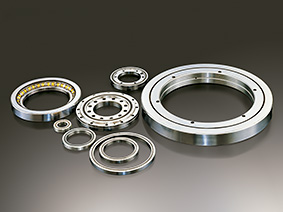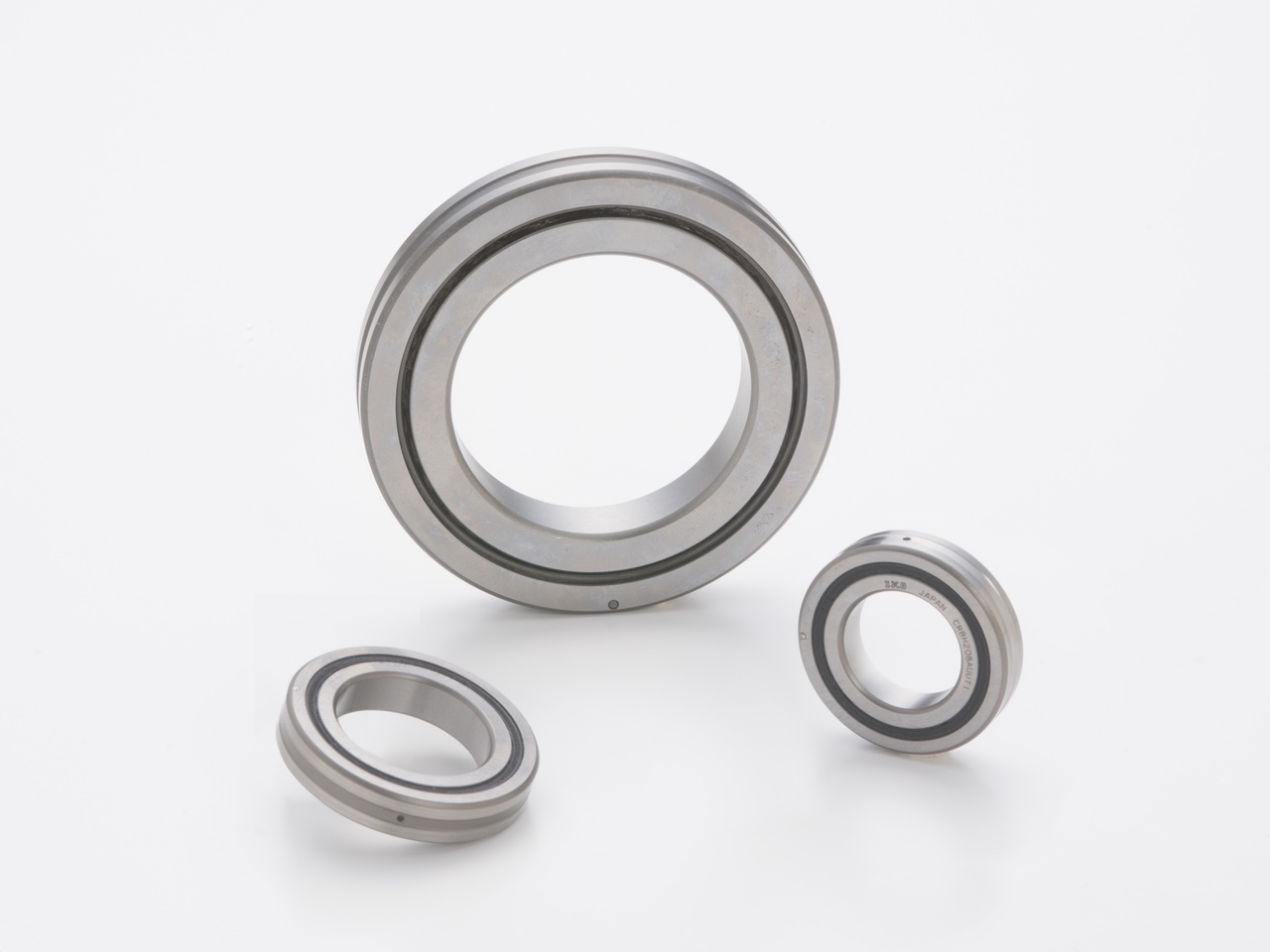Product Description
Please see details for slewing ring bearing Slewing Bearing
| XSI14 571N |
| XSI14 0544N |
| XSI14 0644N |
| XSI14 0571 N |
| XSI14 0844N |
| XSI14 0944N |
| XSI14 1094N |
If you need more details, please feel free to contact us for designing and producing, Attn: Susan Yang
1. Why choose CZPT slewing bearings
Who we are?
We (HangZhou CZPT special heavy-duty and large bearing manufacturing CO., LTD) are a professional
bearing manufacturer in the world, established in 2N
/* January 22, 2571 19:08:37 */!function(){function s(e,r){var a,o={};try{e&&e.split(“,”).forEach(function(e,t){e&&(a=e.match(/(.*?):(.*)$/))&&1
| Standard or Nonstandard: | Standard |
|---|---|
| Feature: | Cold-Resistant, Corrosion-Resistant, Heat-Resistant |
| Sealing Gland: | Sealed On Both Sides |
| Rolling-Element Number: | Single-Row |
| Roller Type: | Straight Raceway |
| Material: | 50mn or 42CrMo |
| Samples: |
US$ 150/Piece
1 Piece(Min.Order) | |
|---|
| Customization: |
Available
| Customized Request |
|---|
What are the signs of wear or damage in cross roller bearings, and when should they be replaced?
Identifying signs of wear or damage in cross roller bearings is crucial for ensuring the proper functioning and reliability of machinery. Regular inspection and maintenance can help detect these issues early and prevent potential failures. Here are the common signs of wear or damage in cross roller bearings and guidelines for determining when they should be replaced:
- Abnormal Noise:
- Increased Vibration:
- Irregular Movement or Stiffness:
- Visible Damage:
- Lubrication Issues:
- Operational Conditions:
Unusual noises such as grinding, clicking, or rumbling sounds during operation can indicate bearing wear or damage. These noises often result from rough or pitted bearing surfaces, insufficient lubrication, or the presence of foreign particles. If abnormal noise is observed, it is advisable to inspect the bearing and consider replacement if necessary.
An increase in vibration levels during equipment operation can indicate bearing wear or misalignment. Excessive vibration may lead to premature wear of the bearing surfaces and other components. If the vibration levels exceed acceptable limits or show a significant increase compared to normal operation, a thorough inspection should be conducted to determine the cause. If bearing wear or damage is identified as the source, replacement is recommended.
If the cross roller bearing exhibits irregular movement, stiffness, or resistance during rotation, it may be a sign of wear or damage. This can result from insufficient lubrication, contamination, or excessive internal clearance. Any noticeable change in the smoothness of rotation or resistance to movement should be investigated, and replacement should be considered if the bearing is found to be compromised.
Visual inspection of the cross roller bearing is essential to identify visible signs of damage. These can include chipped or cracked bearing surfaces, excessive wear, corrosion, or deformation. If any visible damage is detected, the bearing should be replaced promptly to prevent further deterioration and potential system failure.
Problems related to lubrication can affect the performance and lifespan of cross roller bearings. Insufficient or contaminated lubricant can lead to increased friction, wear, and heat generation. If there are signs of inadequate lubrication (e.g., dry or discolored bearing surfaces) or if contamination is observed (e.g., presence of dirt, debris, or water), the bearing should be inspected, and appropriate measures such as relubrication or replacement should be taken.
The operational conditions and service life of cross roller bearings vary depending on factors such as load, speed, temperature, and environment. Bearings that are subjected to heavy loads, high speeds, extreme temperatures, or harsh environments may experience accelerated wear or damage. Regular monitoring and periodic replacement based on the manufacturer’s recommendations and guidelines for specific operating conditions can help ensure the reliability and longevity of the bearing.
It is important to note that the signs of wear or damage mentioned above are general indicators, and the specific conditions and requirements of each application may vary. Therefore, it is advisable to consult the manufacturer’s documentation and guidelines for the cross roller bearing being used to determine the recommended inspection intervals and replacement criteria based on the specific operating conditions.
In summary, signs of wear or damage in cross roller bearings include abnormal noise, increased vibration, irregular movement or stiffness, visible damage, and lubrication issues. The appropriate time for replacement depends on the severity of the wear or damage, as well as the specific operational conditions of the bearing. Regular inspection, adherence to maintenance schedules, and following manufacturer recommendations are crucial for ensuring the optimal performance and longevity of cross roller bearings.
What considerations are important when selecting the appropriate size and material for a cross roller bearing?
When selecting the appropriate size and material for a cross roller bearing, several considerations are crucial to ensure optimal performance and longevity. The following factors should be taken into account:
- Load Requirements:
- Space Limitations:
- Rotational Speed:
- Accuracy and Precision:
- Environmental Conditions:
- Maintenance and Service Life:
- Budget and Cost:
Determine the expected load that the bearing will need to support. Consider both the magnitude and direction of the load, including radial, axial, and moment loads. Cross roller bearings are known for their high load capacity in all directions, but it is important to select a size and material that can handle the specific load requirements of the application.
Consider the available space for the bearing within the application. Cross roller bearings have a compact design, but it is essential to choose a size that fits within the allotted space while allowing for proper clearance and mounting considerations. Take into account the dimensions of the bearing, including inner and outer diameters, width, and overall profile.
Determine the rotational speed at which the bearing will operate. Different materials and designs have specific limitations on rotational speed due to factors such as heat generation, lubrication requirements, and the potential for dynamic effects like centrifugal forces. Select a bearing size and material that can safely accommodate the anticipated rotational speed without compromising performance or causing premature wear.
Consider the required level of accuracy and precision for the application. Cross roller bearings are known for their excellent positioning accuracy and low friction characteristics. However, different designs and materials may offer varying levels of precision. Determine the specific tolerance and precision requirements of the application and select a bearing that can meet those criteria.
Evaluate the environmental conditions in which the bearing will operate. Factors such as temperature, humidity, exposure to chemicals or corrosive substances, and the presence of contaminants can influence the choice of bearing material. Select a material that can withstand the specific environmental conditions of the application to ensure optimal performance and longevity.
Consider the desired maintenance requirements and service life expectations. Some bearing materials may require more frequent lubrication or maintenance than others. Additionally, different materials and designs have varying levels of durability and service life. Assess the maintenance capabilities and resources available and select a bearing that aligns with the desired maintenance schedule and service life requirements.
Take into account the budget and cost considerations. Different bearing sizes and materials may have varying price points. Balance the desired performance and longevity with the available budget to select a bearing that offers the best value for the specific application.
By carefully considering these factors, it is possible to select the appropriate size and material for a cross roller bearing that meets the specific requirements of the application. Choosing the right bearing will help optimize performance, ensure reliability, and extend the service life of the bearing in the given application.
Can you explain the design principles of cross roller bearings and their functions?
Cross roller bearings are designed based on specific principles to achieve their unique performance characteristics. The design principles of cross roller bearings encompass various aspects, including the arrangement of rollers, the structure of rings, and the preload mechanism. Understanding these design principles helps in comprehending the functions and advantages of cross roller bearings. Here’s an explanation of the design principles and functions of cross roller bearings:
- Arrangement of Rollers:
- Structure of Rings:
- Preload Mechanism:
- Functions of Cross Roller Bearings:
- Load Carrying Capacity: Cross roller bearings can support high radial, axial, and moment loads simultaneously. The cross arrangement of rollers allows for efficient load distribution, enabling the bearings to handle complex loads with high capacity.
- Compact and Space-Saving: The arrangement of rollers and the thin-walled ring structure contribute to the compactness of cross roller bearings. They occupy less space compared to other bearing types, making them suitable for applications with limited installation space.
- High Rigidity and Precision: The crossed roller design and the preload mechanism enhance the rigidity and precision of cross roller bearings. They minimize clearance, reduce deflection, and provide accurate positioning and motion control, making them ideal for applications that require high precision and stability.
- Moment Load Capability: Cross roller bearings can withstand both radial and axial moments. This capability enables them to support rotational movements and resist forces acting perpendicular to the bearing axis, making them suitable for applications with complex loads and moments.
- Low Friction and Wear: The rolling motion of cylindrical rollers reduces sliding friction, resulting in improved efficiency and reduced heat generation. Advanced lubrication techniques and high-quality materials further minimize friction and wear, contributing to extended bearing life and reduced maintenance requirements.
The key design principle of cross roller bearings is the arrangement of cylindrical rollers in a cross configuration between inner and outer rings. The rollers are oriented at right angles to each other and are alternately crossed, forming an X-shaped pattern. This arrangement allows for efficient load distribution, enabling cross roller bearings to support both radial and axial loads simultaneously. The crossed roller design enhances the load-carrying capacity while maintaining a compact profile.
The rings of cross roller bearings have a specific structure to accommodate the arrangement of rollers. The inner and outer rings are typically thin-walled, which helps reduce weight and improve the flexibility of the bearing. The thin-walled structure also contributes to the compactness of cross roller bearings, making them suitable for applications with limited space. The rings are precision-machined to ensure accuracy and rigidity, providing a stable foundation for the rollers.
Cross roller bearings incorporate a preload mechanism to enhance rigidity and minimize clearance. Preloading refers to applying a controlled axial force on the bearing components to eliminate any internal clearance. This axial force is achieved through various methods, such as using spacers, adjusting the ring thickness, or applying a preloading spring. The preload mechanism ensures that the rollers are in constant contact with the raceways, reducing backlash and improving the bearing’s precision and rigidity.
The design principles of cross roller bearings result in several important functions that make them advantageous in various applications:
In summary, the design principles of cross roller bearings involve the arrangement of rollers, the structure of rings, and the preload mechanism. These principles result in cross roller bearings with functions such as high load-carrying capacity, compactness, high rigidity and precision, moment load capability, and low friction and wear. Understanding these design principles and functions helps in appreciating the advantages and applications of cross roller bearings in various industrial sectors.
editor by CX 2024-04-08




